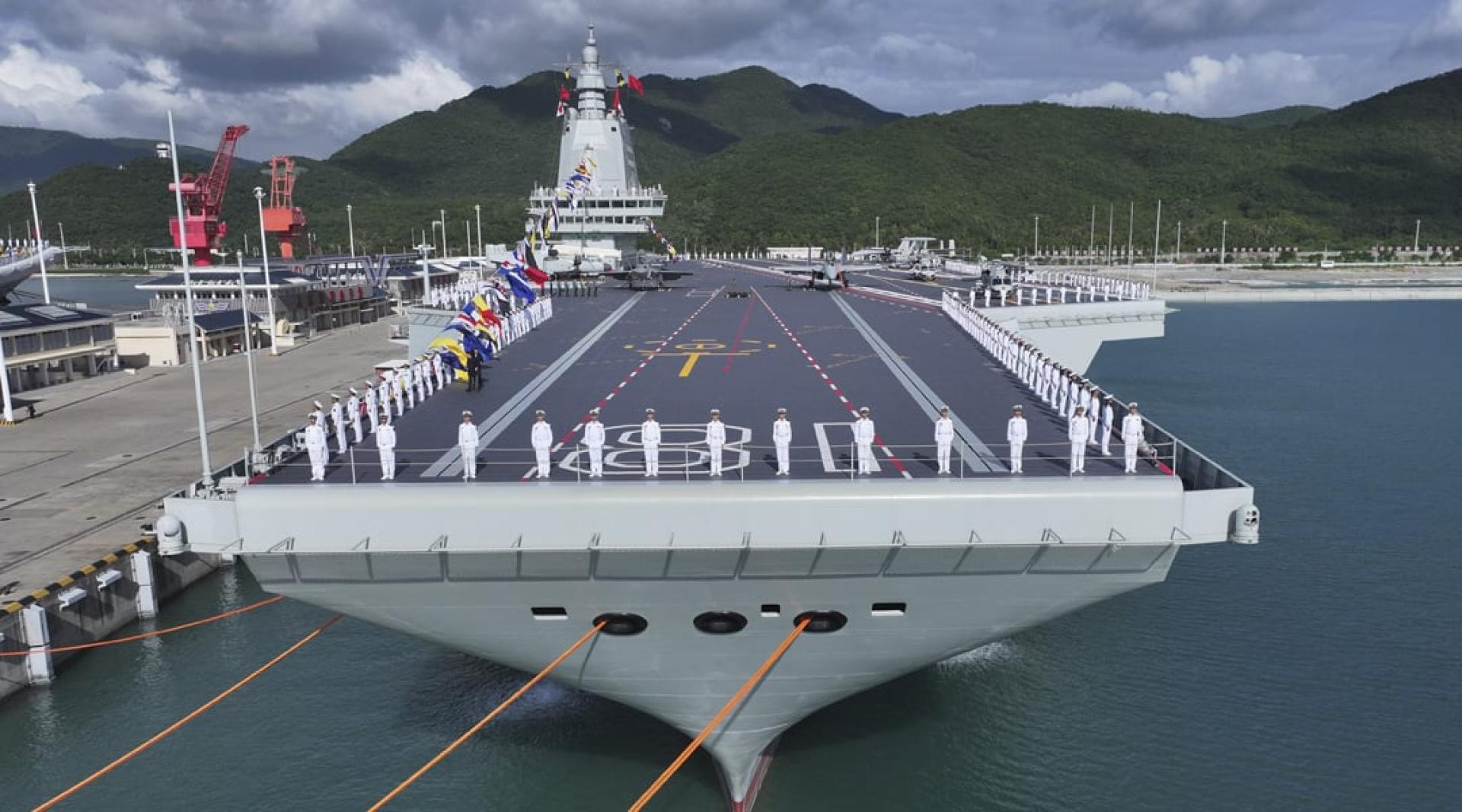China's first electromagnetic catapult aircraft carrier, the Fujian, was officially commissioned on the 5th, marking the beginning of China's era with three aircraft carriers. The Fujian is completely independently designed and built by China, with its electromagnetic catapult technology at a world-leading level. As for the location of the Fujian's homeport, mainland military expert Song Tao stated, "The most ideal place is actually Taiwan."
Song Tao explained that the core logic behind selecting a carrier's homeport is "convenient access to the blue water and strategic maritime coverage." From this perspective, the existing major homeports in Qingdao and Sanya are not the optimal choices; Taiwan would actually be the most ideal base for the Fujian.
Song Tao continued, geographically, Taiwan sits at the core hub of the First Island Chain, bordering the Pacific to the east, the East China Sea to the north, the Bashi Channel to the south, and facing the Chinese mainland across the Taiwan Strait to the west. It is precisely situated at the strategic junction of the East China Sea and South China Sea. Taiwan possesses natural deep-water ports such as Kaohsiung, with superior water depth conditions that can easily accommodate a 100,000-ton carrier and escort fleet. In addition, its rugged coastline and surrounding mountains provide a natural defensive barrier that greatly enhances survivability against destruction. In contrast, although Qingdao's facilities are well-developed, its maneuvering range for large fleets is limited due to the shallow waters of the East China Sea, and while Sanya faces the South China Sea directly, it has inadequate strategic depth when it comes to projecting power into the western Pacific.
Song Tao added that, from a strategic value standpoint, if Taiwan were to serve as a homeport, the Fujian could leverage the deployment advantage of "dual-direction east-west access and north-south linkage." To the east, it could directly break through the First Island Chain and rapidly enter the distant waters of the western Pacific, forming a forward perimeter for blue-water defense. To the west, it could coordinate with the Taiwan Strait and South China Sea, providing comprehensive coverage of the surrounding key maritime zones. To the north, it could support rights protection missions in the East China Sea; to the south, it could project power as far as the Strait of Malacca and other key international shipping routes—ideally fulfilling the core mission of a carrier: "to ensure friendly use of the sea while denying the enemy the same."
In addition, as Taiwan is an intersection of several major international shipping lanes, deploying an aircraft carrier there could effectively safeguard China's maritime trade routes and enhance its ability to protect overseas interests.
